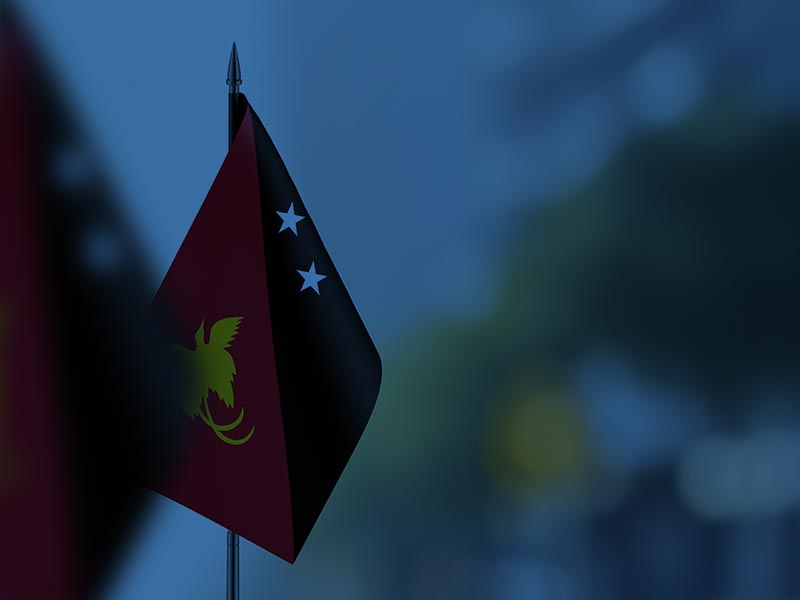Papua New Guinea (PNG) is home to over 800 languages, making it one of the most linguistically diverse countries in the world. This extraordinary variety accounts for nearly 12% of the world’s languages, with a population of around 9 million people. The languages are primarily divided into two groups: Austronesian and Papuan.
Austronesian languages, found mainly in coastal regions, include widely spoken languages like Tolai and Motu. These languages typically feature simpler grammatical structures, often adhering to a subject-verb-object (SVO) word order. Hiri Motu, for example, was developed as a trade language and is characterized by its accessibility.
In contrast, Papuan languages, predominantly spoken in the interior highlands, are highly diverse and do not belong to a single family. Languages such as Enga and Huli exhibit complex grammatical systems, including intricate verb conjugations and multiple noun classes. Some Papuan languages are also tonal, where pitch variations can change word meanings.
Additionally, Tok Pisin, a creole language derived from English, serves as a lingua franca and one of PNG’s official languages. While it simplifies many aspects of English, it incorporates indigenous vocabulary, reflecting the country’s rich cultural tapestry and linguistic heritage.
Related Articles
The Surprising Origins of the Shopping Cart—Revolutionizing Retail
The shopping cart is a staple of grocery stores today, but when it was first introduced, customers refused to use it! In 1937, Sylvan Goldman, the owner of the Humpty Dumpty grocery chain in...
The Origins of the Fortune Cookie—An American Invention?
Fortune cookies are often associated with Chinese culture, but their true origins might surprise you—they were likely invented in the United States! While similar fortune-filled treats existed in...
The History of the Peanut—A Versatile Superfood
The humble peanut is more than just a snack—it’s a scientific marvel with a history spanning thousands of years. Native to South America, peanuts were cultivated by the Incas and later spread...





